How These 10 Iconic Movie Sound Effects Were Created
2016.02.17
Sound is such an important part of film that without it, you might actually not enjoy it that much. While we don't consciously listen for it, it does play a huge part in how we judge a film. Here are some of how the most iconic sounds were created.
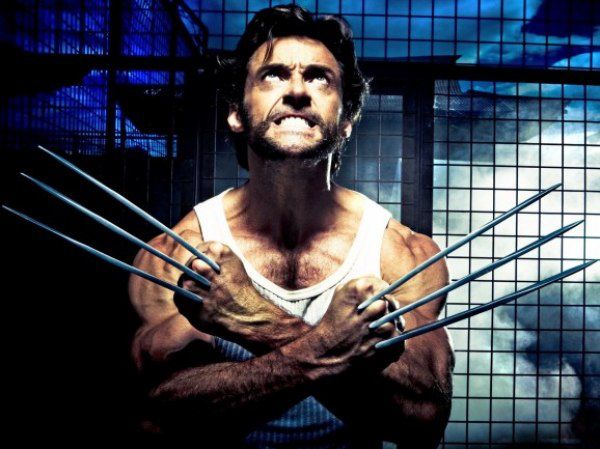

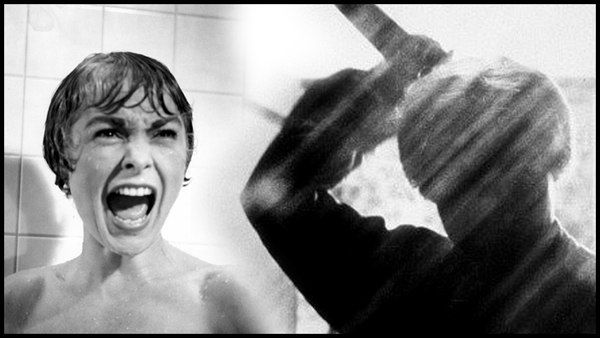
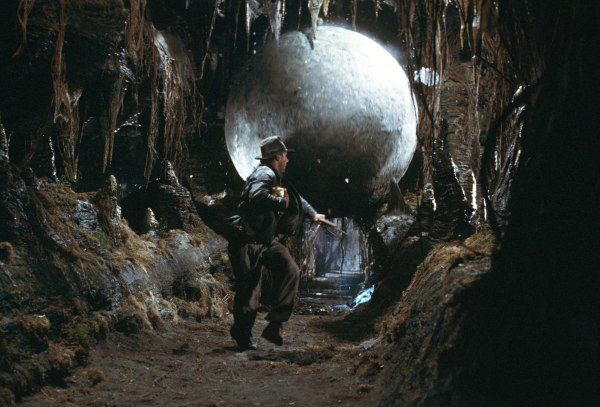
The film’s composer, Akira Ifukube, had the idea to use musical instruments to create the monster’s iconic sound instead.
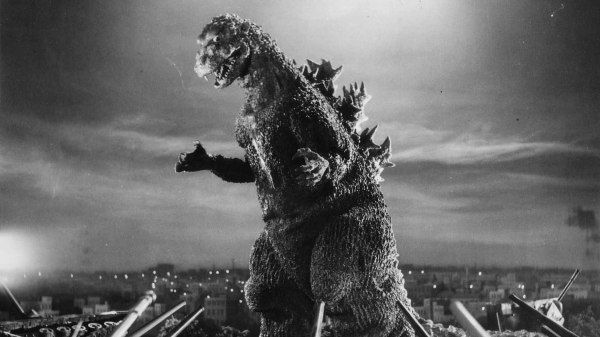
“The motors made a musical ‘hum,’ which I felt immediately would complement the image in the painting,” Burtt explained to filmsound.org. “I recorded that motor, and a few days later I had a broken microphone cable that caused my recorder to accidentally pick up the buzz from the back of my TV picture tube. I recorded that buzz, and mixed it with the hum of the projector motor. Together these sounds became the basis for all the lightsabers.”
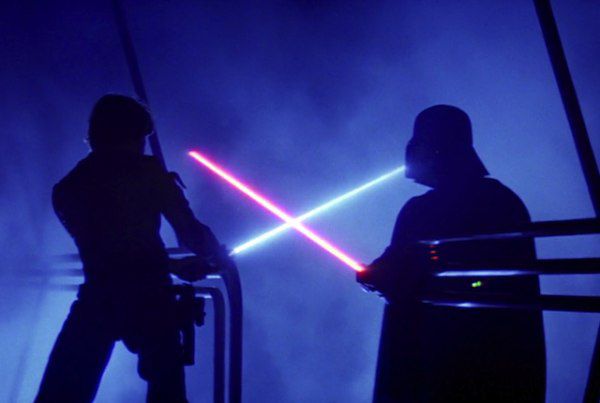

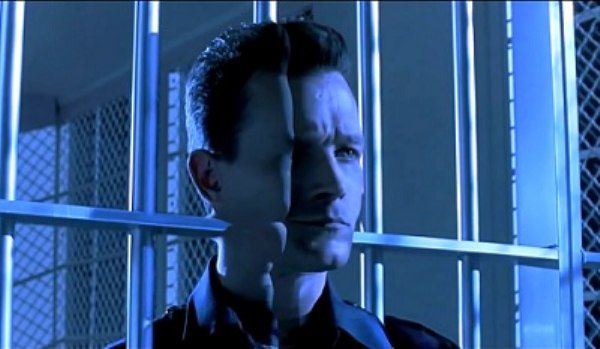
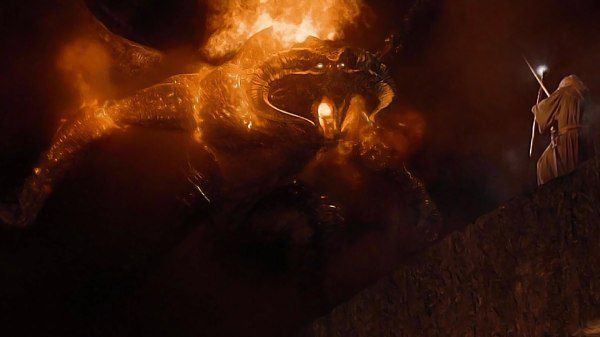
Wolverine’s Claws: X-Men (2000)
“For the claw sound, essentially there were two main elements I was working on,” X-Men sound designer Craig Berkey told Gizmodo. “One was the metallic blade sound, as it goes in or out. The other was the actual physical sound of something going through flesh and retracting.” Gross.
T. Rex: Jurassic Park (1993)
“The way they animated the T. rex was very doglike, especially when it grabs the Gallimimus and the lawyer and shakes them to death,” sound designer Gary Rydstrom told Vulture. “Every day I would see my dog playing with the rope toy and doing exactly that, pretending like he’s killing his prey.”
The Shower Scene: Psycho (1960)
“In a recording studio, prop man [Bob] Bone auditioned the melons for Hitchcock, who sat listening with his eyes closed,” writes Stephen Rebello in Alfred Hitchcock and the Making of Psycho. “When the table was littered with shredded fruit, Hitchcock opened his eyes, and intoned simply: ‘Casaba.’”
Boulder chases Indy: Raiders of the Lost Ark (1981)
“One afternoon we were coming down one of the hills here in a little Honda Civic station wagon that belonged to the sound department,” Ben Burtt told the Los Angeles Times. “We were coasting on the road that had big rocks—sort of baseball size rocks. There was this great crunching and rumbling of a sound with the car moving over the rocks. I thought, ‘My God that could be the boulder!’”
Godzilla’s Roar: Godzilla (1954)
“It was actually a double bass, using a leather glove coated in pine tar resin to create friction,” sound designer Erik Aadahl told NPR of the original Godzilla. “They’d rub it against the string of the double bass to create that sound.”The film’s composer, Akira Ifukube, had the idea to use musical instruments to create the monster’s iconic sound instead.

Lightsabers: Star Wars (1977)
Sound designer Ben Burtt created the distinctive sound by combining the hum of an idle film projector and the buzz from an old TV set.“The motors made a musical ‘hum,’ which I felt immediately would complement the image in the painting,” Burtt explained to filmsound.org. “I recorded that motor, and a few days later I had a broken microphone cable that caused my recorder to accidentally pick up the buzz from the back of my TV picture tube. I recorded that buzz, and mixed it with the hum of the projector motor. Together these sounds became the basis for all the lightsabers.”

Warp Drive: Star Trek (2009)
“The original warp drive sound was a very musical tone that ramped up and down in pitch, with all kinds of hum and distortion, and it was undoubtedly produced with a test oscillator going through a plate reverb chamber,” Ben Burtt told synthtopia.com. “I wanted to go back to that musical idea, and get something with an emotional feel to it, so I reproduced that sound in exactly the same way in analog fashion, using a 1960s-era test oscillator that was once in the physics department at my old school, Allegheny College. I went back there and actually found that oscillator in a basement, and brought it back with me to use on the movie.”
T-1000 Sliding through jail bars: Terminator 2: Judgement Day (1991)
“What’s amazing to me is the combination of Industrial Light & Magic using millions of dollars of high-tech digital equipment and computers to come up with the visuals, and meanwhile I’m inverting a dog food can,” Gary Rydstrom said.
Balrog: The Lord of the Rings: The Fellowship of the Ring (2001)
“I think my favorite moments are the very first ones when he’s sort of waking up in the distance,” Sound designer David Farmer told DesigningSound.org. “The rock grinds were all by themselves in several places as vocals, but there were also moments where it really needed a vocal bellow. I used donkeys and horses for the bellows and also any pain vocals.”
The Wilhelm Scream: Used in multiple movies
“The Wilhelm Scream” is a legendary sound effect used in various films often times when someone falls from a great height or during an explosion of some kind. It was first used during the 1951 film Distant Drums when an alligator attacks a soldier, played by actor/singer Sheb Wooley, and drags him underwater.More Articles
Copyright © Fooyoh.com All rights reserved.